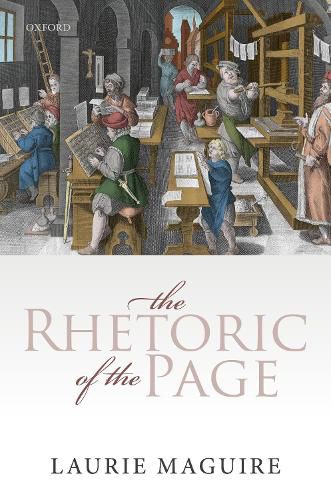Readings Newsletter
Become a Readings Member to make your shopping experience even easier.
Sign in or sign up for free!
You’re not far away from qualifying for FREE standard shipping within Australia
You’ve qualified for FREE standard shipping within Australia
The cart is loading…






This wide-ranging and entertaining book explores blank space from incunabula to Google books. Blanks are a paradox–simultaneously nothing and something, gesturing to what was once there or might be there. They are also a creative opportunity for readers as well as writers: readers respond to what is not there and writers come to anticipate that response. Thus, blank space develops literary and ludic applications. Each chapter focuses on one typographical form of what is not there on the page: physical gaps (Chapter One), marks of incompletion such as &c (Chapter Two), and the asterisk as a stand-in for things that cannot be said (Chapter Three). By looking at the early-modern page as a visual unit as well as a verbal unit, this volume shows how the relationship between textual layout and textual content is as productive for writers as it is for readers. Mise-en-page influences readers in the same way that rhetoric influences readers. It is thus possible to speak of ‘the rhetoric of the page’.
$9.00 standard shipping within Australia
FREE standard shipping within Australia for orders over $100.00
Express & International shipping calculated at checkout
This wide-ranging and entertaining book explores blank space from incunabula to Google books. Blanks are a paradox–simultaneously nothing and something, gesturing to what was once there or might be there. They are also a creative opportunity for readers as well as writers: readers respond to what is not there and writers come to anticipate that response. Thus, blank space develops literary and ludic applications. Each chapter focuses on one typographical form of what is not there on the page: physical gaps (Chapter One), marks of incompletion such as &c (Chapter Two), and the asterisk as a stand-in for things that cannot be said (Chapter Three). By looking at the early-modern page as a visual unit as well as a verbal unit, this volume shows how the relationship between textual layout and textual content is as productive for writers as it is for readers. Mise-en-page influences readers in the same way that rhetoric influences readers. It is thus possible to speak of ‘the rhetoric of the page’.